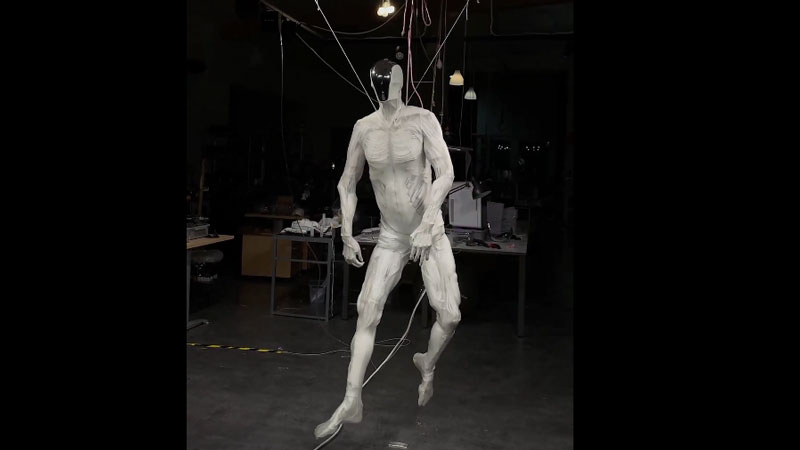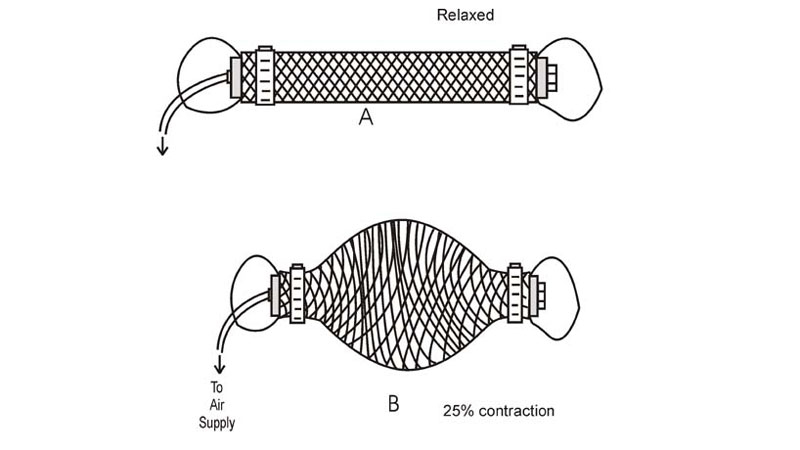The Protoclone robot from the young company Clone Robotics looks like it came straight out of the Westworld series. This anatomically accurate humanoid android is able to move like a human thanks to hundreds of artificial muscles that replicate the human musculoskeletal structure. It looks creepy, but they may be the future.

Image source: Clone Robotics
Previously, the company showed a version of the anatomically accurate Torso robot, which had only the upper part of the body. It could gesture and rotate its head. The Protoclone robot received a pelvis and lower limbs. It is not yet able to stand, so it moved its legs while suspended on cables.

Protoclone’s limbs are controlled by over 1,000 artificial muscles, called McKibben actuators. These are artificial pneumatic muscles named after Joseph McKibben, who developed them in the 1950s for orthopedic purposes. They are widely used in robotics, biomedical engineering, and industry due to their high flexibility and strength. The “muscles” are elastic tubes enclosed in a rigid braid. When compressed air is supplied to the tube, it inflates in the center due to the braid and contracts, setting the associated nodes in motion.
—
Over time, Clone Robotics plans to replace the compressed air with a hydraulic drive, which will make the robot quieter and significantly stronger. To achieve this, a 500-watt pump will be installed in its chest.
The Protoclone model shown on the company’s X page has more than 200 degrees of freedom and is equipped with 500 sensors. The company set itself the task of creating a full-fledged muscular-skeletal imitation of the human body in the form of a robot. For now, it looks more like a character from a horror movie. At least, in the movies, they will take it for such roles without unnecessary questions. In the comments to the publications, people also had mixed feelings about the robot: some did not believe that it was really a robot, and some considered it creepy and recommended the company to stop, but there were also those who were delighted by the system.